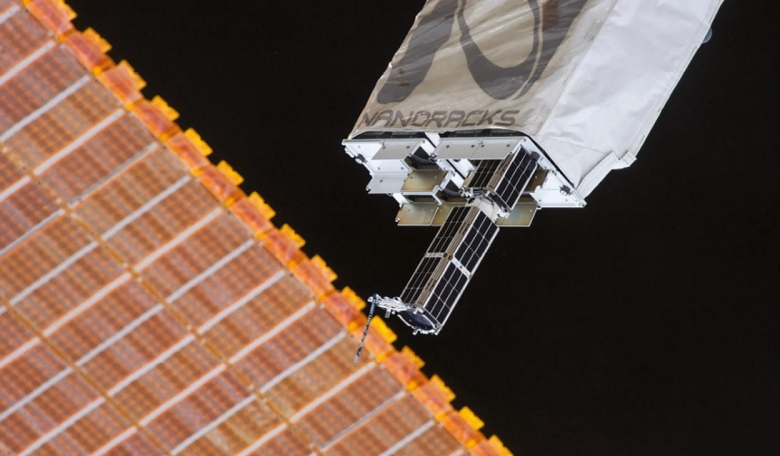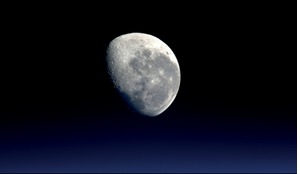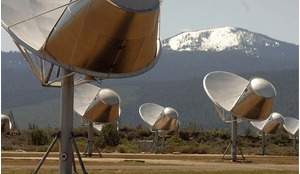When Nanoracks was created a decade ago it became the first company in the world to own and market its own hardware on the International Space Station. In doing so it faced a number of philosophical challenges, in particular because the notion of a private company wanting to own research hardware, market the results and set its own prices was something of an alien concept for NASA at the time. Here, in an article based on his presentation at the Asgardia Space Science & Investment Conference (ASIC) in October, CEO Jeff Manber reflects on the company’s pioneering commercial journey and looks at challenges that lie in the future.
The business model of Nanoracks has essentially been to grow, not through increasing investment but by building increasingly more complex hardware. I like to think that we’re not actually in the hardware business but, in reality, we are – and it’s where we have found a niche in the market.
Ten years ago, when we started with Nanolabs, it was the first time that miniature (10 x 10 x 10 cm) space laboratories had been standardised. I made a decision right at the start not to patent the Nanolab and its power frame because I wanted to create an ecosystem. Today, we are competing with ICE Cubes (a public-private partnership between the European Space Agency (ESA) and Belgium-based Space Applications Services) and Space Tango (a Kentucky, USA-based company that builds research and manufacturing systems into compact smart containers, called CubeLabs, installed in hubs on the International Space Station (ISS). We want to see the market develop and so, as much as possible, we try not to patent. However, at the same time, we believe we’ll be better at getting the customers and building the market.














